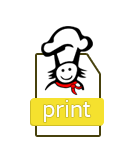When choosing food that comes in a packet, the first thing you should do it read the ingredients list to know what’s going in your body and to help you make a healthy choice.
In Canada, by law companies must list all the ingredients in a packaged food. Ingredients are listed in order of weight from most to least. This means that a food contains more of the ingredients at the beginning of the list and less of the ingredients at the end of the list.
For example, let’s take a look at the ingredients in Lita’s Mexican Foods Tortillas – a locally made BC product we use in our program.
The ingredients read: Organic white flour, organic whole wheat flour, water, organic coconut oil, sea salt, baking powder.
This means that the ingredient that there is the most of is organic white flour and the ingredient that there is the least of is baking powder. Also, notice how there are only 6 ingredients in total, and chances are that these are ingredients you recognize.
Now, let’s compare this to another tortilla option.
There are at least 15 ingredients in these tortillas. Have a look at the ingredients listed here. Are there any ingredients you do not recognize? What are they? Get curious about the ingredients you don’t know. Try to find out what they are. Knowing what these ingredients are can help you decide what the better option might be to eat. Generally speaking, the less ingredients present and the more ingredients you can recognize, the better.
When you make food yourself, you know EXACTLY what is in it, but sometimes that’s not always possible. In Project CHEF, we like to make our own Blueberry Sauce, however if you were to buy some from the store what should the first ingredient be?…..Blueberries! If I found a sauce that had sugar listed as the first ingredient, this tells me that sugar is the main ingredient in that sauce and I may want to search for another option.
ACTIVITY – LET’S LOOK AT INGREDIENTS
Step 1: Count the ingredients
Find a packaged food at home and look for the ingredients list. It will be listed in both English and French, so make sure you are looking at the language you are comfortable reading. Count how many ingredients there are in total in the food product.
Step 2: Look for ingredients you do not recognize
Are there any ingredients on the list that you don’t know what they are? Write them down in your Food Journal.
Step 3: Investigate
Do some research to try and discover what these ingredients are. You may need to ask someone at home or Google it. Some ingredients might be a type of food additive or preservative. Preservatives allow products to last on a shelf at the store for a really long time.
Some ingredients such as fats, sodium and sugar can be listed under many different names. Use the list below to help you determine commonly-used ingredients you may not recognize.
Saturated Fat: Beef fat, butter, chicken fat, cocao butter, coconut or coconut oil, hydrogenated fats and oils, lard, palm or palm kernal oil, powdered whole milk solids, shortening, suet, tallow.
Trans Fat: Hard margerine, hydrogenated fats and oils, partially hydrogenated fats and oils, shortening.
Sodium: Brine, celery salt, disodium phosphate, garlic salt, monosodium glutamate (MSG), onion salt, salt, sodium alginate, sodium benzoate, sodium bisulfate, sodium proprionate, soy sauce.
Sugar: Brown sugar, cane sugar extract, corn syrup, demerara or terbinado sugar, dextrose, evaporated cane juice, fructose, galactose, glucose, glucose-fructose, high-fructose corn syrup, honey, invert sugar, lactose, liquid sugar, maltose, molasses, sucrose, syrup, treacle – a word ending in “ose” is usually sugar.
Healthy Tip: It’s fine to consume fats, sodium (salt) and sugar but it’s not recommended to consume them in large amounts as this would not be beneficial for our health. Therefore, we want to try and limit products with these listed at the beginning of an ingredients list.
Step 4: Search for a recipe
Often times, we can make our own food by searching for a recipe and using fresh ingredients instead of using a packaged product. As an added bonus, cooking and making your own food is SUPER FUN! For example, you can make you own Whole Wheat Tortillas using our Project CHEF recipe. See if you can find a recipe to make your food product yourself.
Curriculum Connections

Language Arts

Physical and Health Education











